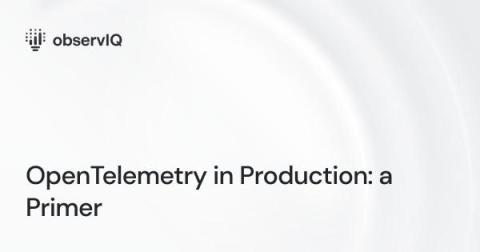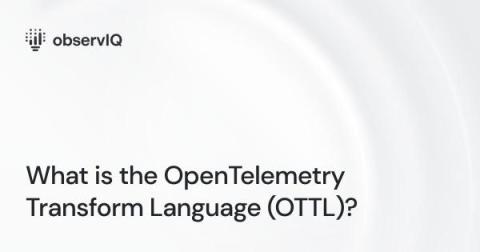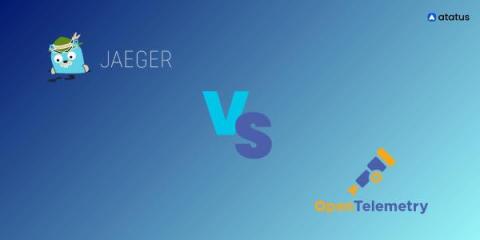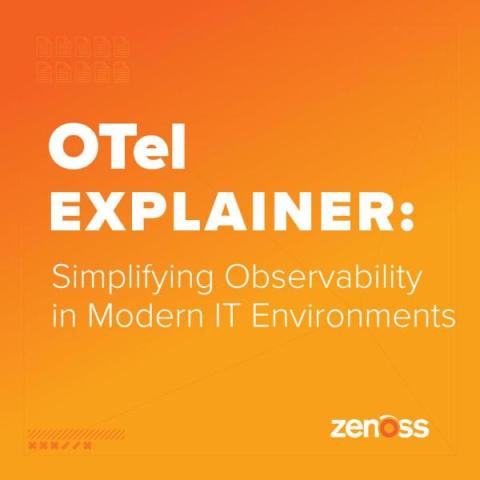OpenTelemetry in Production: A Primer
At observIQ, we’re big believers and contributors to the OpenTelemetry project. In 2023, we saw project awareness reach an all-time high as we attended tradeshows like KubeCon and Monitorama. The project’s benefits of flexibility, performance, and vendor agnosticism have been making their rounds; we’ve seen a groundswell of customer interest.











